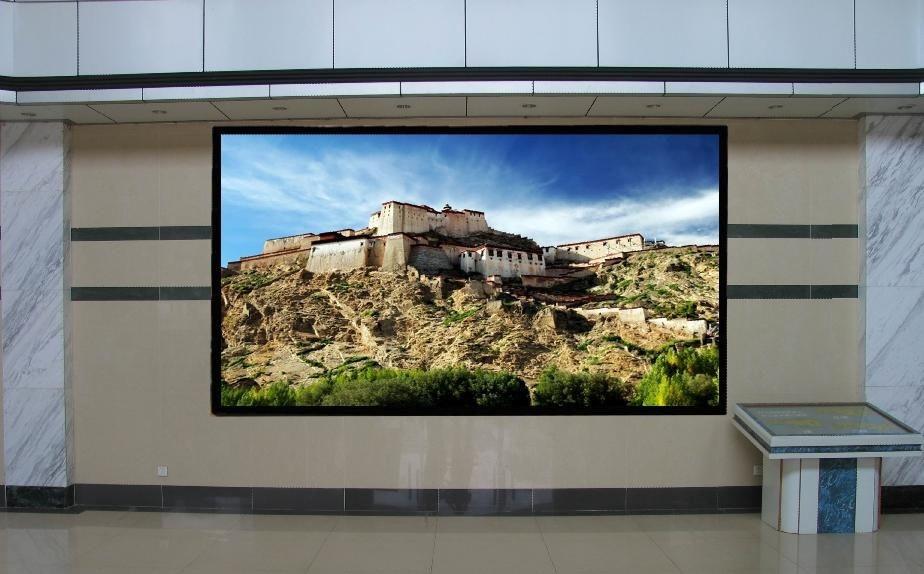with the blessing of mini led concept, small spacing LED display technology has broken through P1.0 spacing, and even achieved “PPI resolution” comparable to large screen LCD, which is absolutely a milestone. Because this index not only represents the new progress in technology, but also means that small spacing LED has obtained new sharp tools in the expansion of application scenarios.
Represented by mini led and micro led, the small space LED display will initially and comprehensively develop its application potential in many fields such as professional display, commercial display, home display, consumer electronics and so on. The market scale will move from 10 billion to 100 billion. In the face of mini LED technology, “we can be proud”! However, the good technology of mini led also brings new problems: “everyone wants to hang this label”!
Mini led, whose home is “true”, this is really “more true”
At present, there are many different identification standards for mini led in the industry, among which the two mainstream standards are: one is that those with pixel spacing less than 1.0 mm can be identified as mini led, mainly to distinguish from the traditional concept of small spacing LED screen; the other is that the LED chip size must be in the range of 50-100 μ m, and a series of high-level packaging and integration technologies should be adopted Technology products can be called “true” mini led.
Of course, smaller pixel spacing also means higher process difficulty, and smaller display chips also bring a huge amount of transfer, which is a process problem in the road of technology popularization. LED display breaks through 1.0 spacing, which is a great progress. However, this does not mean that the concept defined by pixel spacing can clearly express the meaning of “mini”.
For example, the forward-looking layout of mini LED has attracted the general attention of display device manufacturers in many fields, including LCD products demanding display effect upgrade. Mini LED is used in the field of LCD backlight display, and has become a “high-end essential explosive” label in the field of LCD display. However, it is obvious that the LCD backlight can not be defined as “mini led” by the LED crystal spacing.
As far as LED display is concerned, the mass production of micro LED is difficult and costly for almost all manufacturers. Because of this, mini led, which is relatively less difficult to process, is generally considered as the core technology that will dominate the development of the industry in the next few years. However, mini LED technology is not “ready to go”. This leads to the emergence of “mini led” products.
Mini led, whose home is “true”, this is really “more true”
There are a large number of products using mini led label in the market, mainly including traditional surface mount packaging, N-in-One packaging, front chip cob packaging and other solutions. These technologies can bypass the difficulties of mass transfer process to some extent, and achieve faster production. These technologies cannot be said to be “ingenious” inventions. However, a variety of ingenious technology implementation also disturbs the meaning of mini led.
It is not difficult for professionals to understand the significance and defects of compromise technology. But for ordinary users, this kind of use of the same product name, but there are a variety of technical standards confusion, is bound to cause some misunderstanding and misunderstanding. On the other hand, the coexistence of multiple standards is not conducive to the unified management of the market and the healthy development of the industry. Therefore, unifying the industry identification standard of mini LED has become the primary problem to be solved. This involves scientific discussion and progress in crystal scale, integrated technology, screen forming or application terminal technology.
It is reported that relevant LED screen enterprises have also actively carried out the unification of mini led standards.